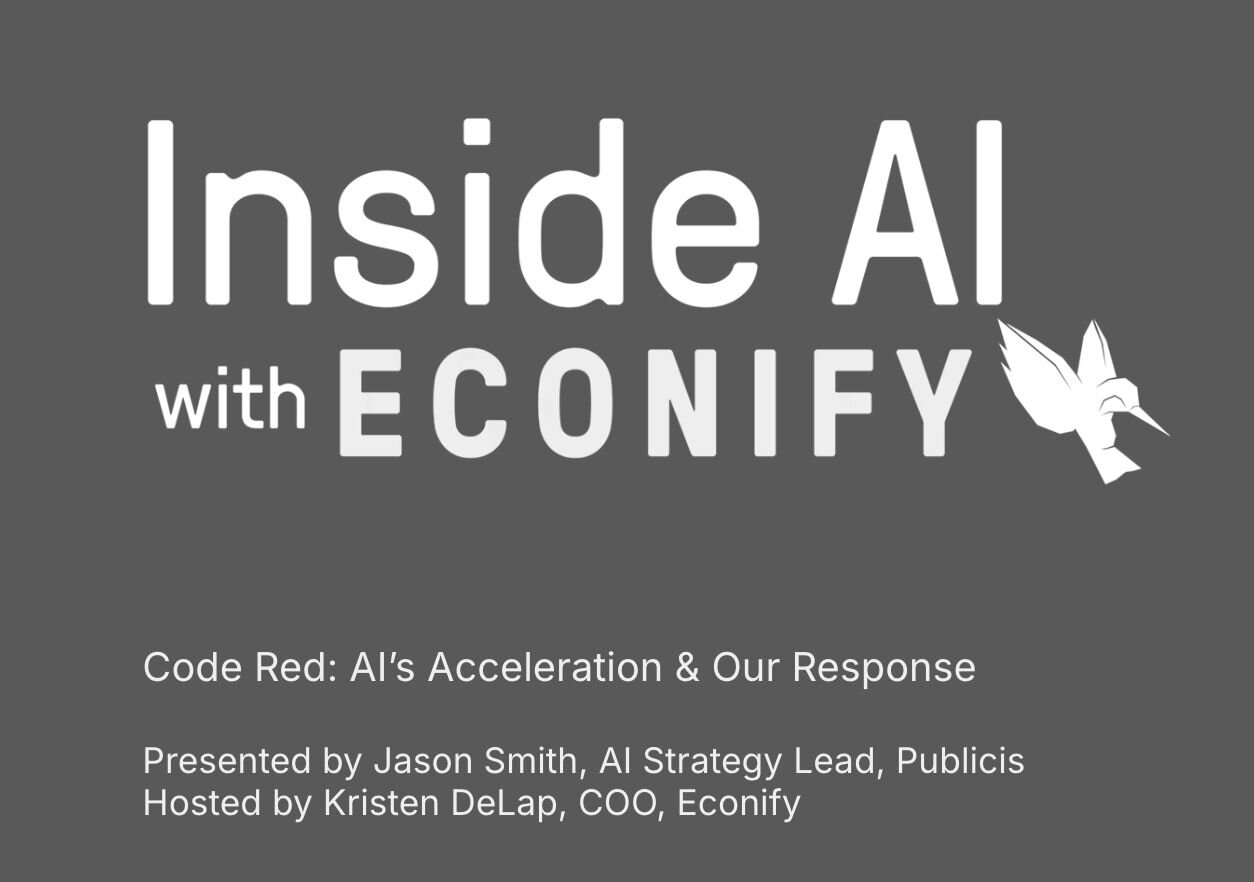When we first engaged with this client, the signs were clear: cloud costs were skyrocketing, deployments were painfully slow, and teams were operating in silos. Leadership knew something was wrong—but didn’t have the technical perspective or organizational alignment to diagnose and solve the problems.
Over the course of a year, we worked closely with them to modernize their infrastructure, streamline workflows, and realign their engineering priorities. The result? A huge reduction in cloud spend of over $600,000 annually, all without compromising performance or availability.
So how did we do it?
The Root of the Problem: Legacy Culture Meets Cloud Era
The client’s engineering organization was structured in three separate teams—software development, operations, and QA—each owning isolated portions of the deployment pipeline. Modern DevOps practices, where responsibilities are more integrated and collaborative, were notably absent.
This antiquated structure created a critical disconnect between business needs and the engineering teams responsible for delivering them. Developers built with a slow feedback loop while getting pressure from product to ship more features, ops teams were overwhelmed and reactive, and QA often entered the picture too late. The client’s leadership questioned whether this was to do with the underlying infrastructure which is why they asked Econify to investigate.
Key Issues Driving Up Costs
Through technical assessments and close collaboration across the engineering org, we uncovered several costly patterns:
1. Overreliance on Expensive Storage Solutions
The infrastructure leaned heavily on NetApp, a high-performance network storage system. While NetApp offers excellent speed, most of the applications didn’t need that level of performance. In fact, modern storage options like Amazon S3 offered far more durability and scalability at a fraction of the cost.
We also discovered they were running relational databases on self-managed infrastructure, requiring significant operational overhead. By migrating to Amazon RDS, a fully managed database service, we reduced both cost and toil.
2. Misaligned Disaster Recovery (DR) Strategies
The company’s DR and business continuity planning had not been critically examined in years. Applications were being replicated at great expense—often unnecessarily. Terabytes of data were stored redundantly across legacy network drives and mirrored environments, doubling costs without clear business justification.
3. No Unified Direction Across Teams
Applications were often handed from development to operations without cohesive planning. Legacy architecture decisions—like binding applications to massive VM-backed file systems—went unchallenged, because that is simply how it had always been.
Furthermore, engineers weren’t empowered to rethink infrastructure costs. Most product decisions were understandably focused on shipping features quickly, not sustainably.
How We Helped: Strategy, Execution, and Change Management
We didn’t simply offer recommendations. We partnered with the client to deliver change, safely and incrementally, all while active development and user traffic continued.
Step 1: Cloud Cost Assessment
We began by identifying the biggest cloud cost contributors from storage, compute and traffic. And then we evaluated what was necessary and whether the existing solution was either a suitable one or whether it was correctly optimized. In many cases, the answer was a resounding no. Legacy decisions had gone unquestioned, and the resulting architecture was bloated.
Step 2: Infrastructure Modernization
- Storage: Migrated from NetApp to Amazon S3 for static assets and RDS for relational databases.
- Search: Replaced Solr with Elasticsearch, a better fit for their use case and easier to manage at scale.
- Content Delivery: Introduced Fastly to optimize image delivery, boosting performance and reducing bandwidth.
Step 3: Collaborative DevOps Enablement
Rather than treating dev, ops, and QA as separate silos, we brought them together, aligning infrastructure decisions with product goals. By focusing on what needed to be performant, resilient, and scalable (and what didn’t), we could spend smartly and reduce manual toil.
The Results
- $600,000+ in annual cloud savings in year 1, with savings projected to reach more than $1million over three years
- Faster, leaner deployments
- More cohesive engineering collaboration
- Better alignment between infrastructure and business needs
- A modern foundation built for scale, without overpaying
What You Can Learn from This Transformation
This kind of turnaround is more than a cost cutting exercise. Here are some of our tips if you’re starting this journey:
1. Identify Your Top Cloud Cost Drivers
Pinpoint where you’re spending the most—storage, compute, or labor—and ask if that spend aligns with your performance needs.
2. Challenge Legacy Assumptions
Many systems are built in haste to meet a business need. Rarely are they revisited with cost, scalability, or modernization in mind. It’s never too late to refactor.
3. Empower Engineers to Assess, Not Just Build
Teams often lack the space or authority to assess infrastructure decisions critically. Create opportunities for your engineers to think about architecture holistically, not just code delivery.
4. Bring in Trusted Experts
If your teams are stuck in operational cycles or lack visibility into modern cloud practices, don’t be afraid to bring in external support. A fresh set of eyes can go a long way.
So In Conclusion
Cost optimization in the cloud, or to use modern parlance, Cost Engineering, isn’t solely about pinching pennies. It’s about designing systems that are right-sized for your business, and fostering teams that can build, evaluate, and evolve those systems with confidence.
At Econify, we don’t just assess. We embed, implement, and empower. Find out more about our cloud engineering services, click here. Or if your engineering organization is struggling to align product goals with infrastructure efficiency, let’s talk.
Because saving hundreds of thousands is great. But building an engineering culture that can do it again and again? That’s even better.
Latest Tech Updates in Your Industry
Designed to keep employees, clients, and our valued external audience up to date with the latest developments in software news and innovation. It is your go-to source for all things cutting-edge in the tech industry.
Related Updates


























Contact Us

New York, NY 10003



New York, NY 10003, U.S.A.
London, EC4A 3TW,



